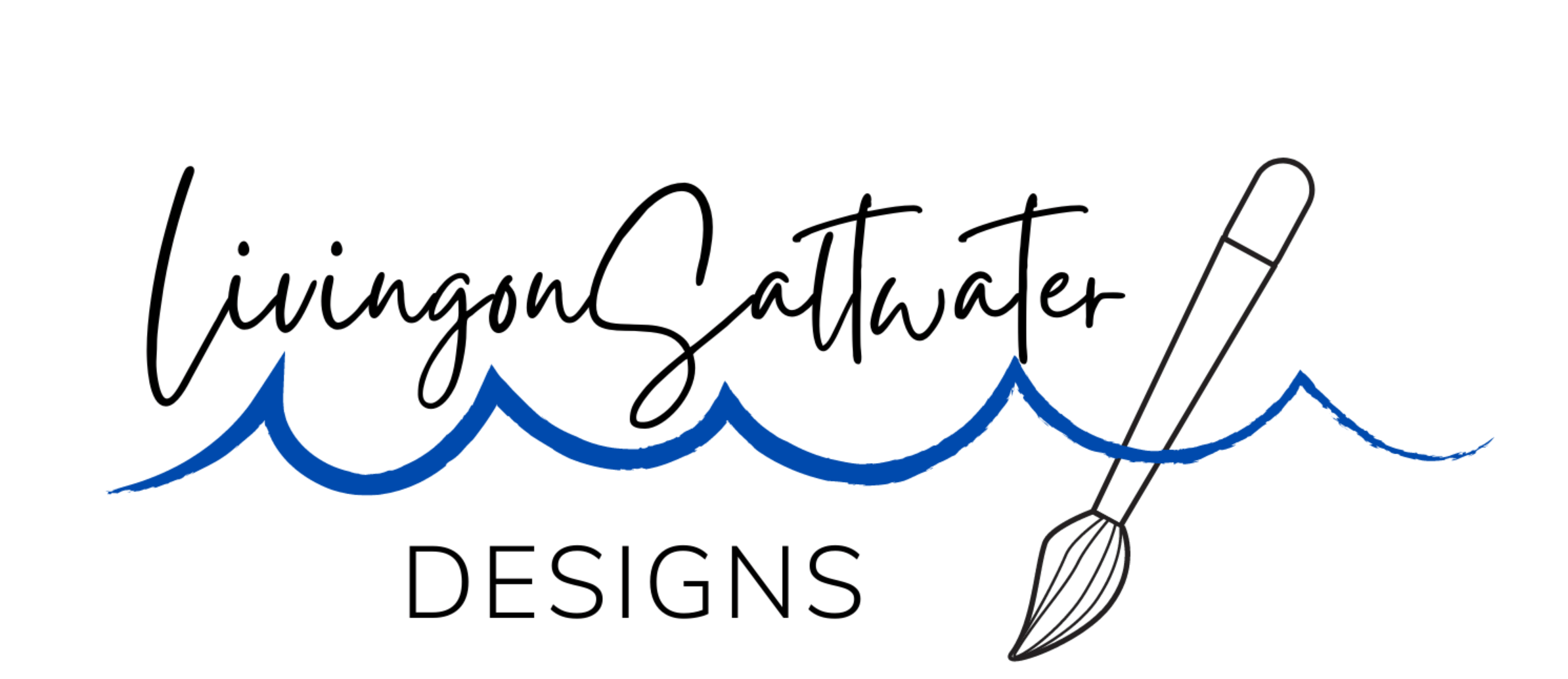I discussed in a previous post, here, that I recently took a chalk paint class from a ‘Certified Annie Sloan Stockist’ in the Triangle Area. We worked with 4 different techniques, 5 paint colors, and 2 waxes. The class was small, about 5 people, and it lasted about 2.5 hours.

The first piece was painted using the ‘smooth modern’ technique. To obtain a smooth finish we started with a damp brush and added water to the paint using a couple of sprits from a spray bottle. Two coats of paint were applied with a light sanding in between.

The piece above was painted with the “smooth modern” technique in the color Provence and finished with the clear wax.
The second technique we learned was the wood staining/whitewashing effect. This can only be applied to natural/unfinished wood and should be done with a strong color. We applied one coat of paint on the wood and then use a towel to wipe the paint off. The wood absorbed some of the color to appear “stained.” I have to say this was the technique that wowed me the most. I would have never thought to do something like this. The only downside is that this finish can only be applied to natural wood, which would require a lot of sanding most pieces. You could also use this finish on this dresser/furniture line found at Ikea.

The piece above was painted with the “Whitewashing” technique in the color Florence and finished with the clear wax.
The next sample piece was painted using the “Rustic” finish. This technique allows for a lot of imperfections as the surface is not completely covered with paint. It mimics old furniture that has been worn throughout the years. This is not my favorite technique, however, when applied to the right piece, it would be a nice finish.

The sample above was painted with the “Rustic” finish in Antibes and finished with a dark wax.
The last technique, demonstrated at the class, was the ‘two-colored distressed’ style. This finish involves the use of two colors and also allows for imperfections and creativity. The first coat was painted with the Cream color. We were told to leave lots of brush strokes and to even use the paint brush to “jab” at the wood leaving a texture over the top. After the first coat dried we applied the next coat in “Paris Grey,” using normal painting strokes. After the second coat dried, we lightly sanded various patches of the board until the Cream color was exposed. I liked this finish more than the rustic one, above. It has a more natural ‘worn’ look, to me.

The sample above was painted first with the color Cream and then Pairs Grey. The board was then finished with a dark wax.

I had a lot of fun taking the Chalk Paint basics class at Two Old Birds. The owners are very knowledgeable and were able to answer everyone’s design questions and offer suggestions. I feel more confident tackling future projects and I am excited to try new techniques!




